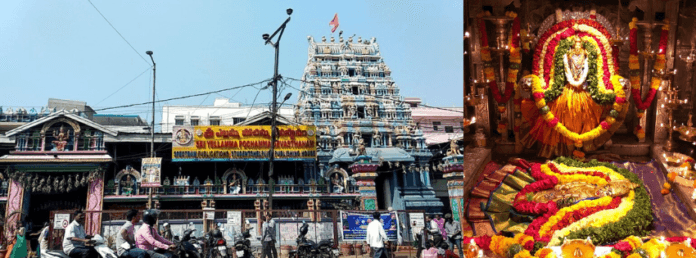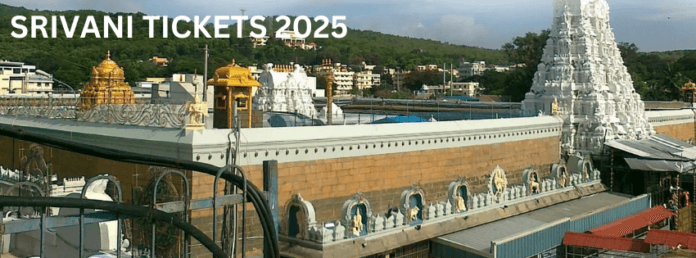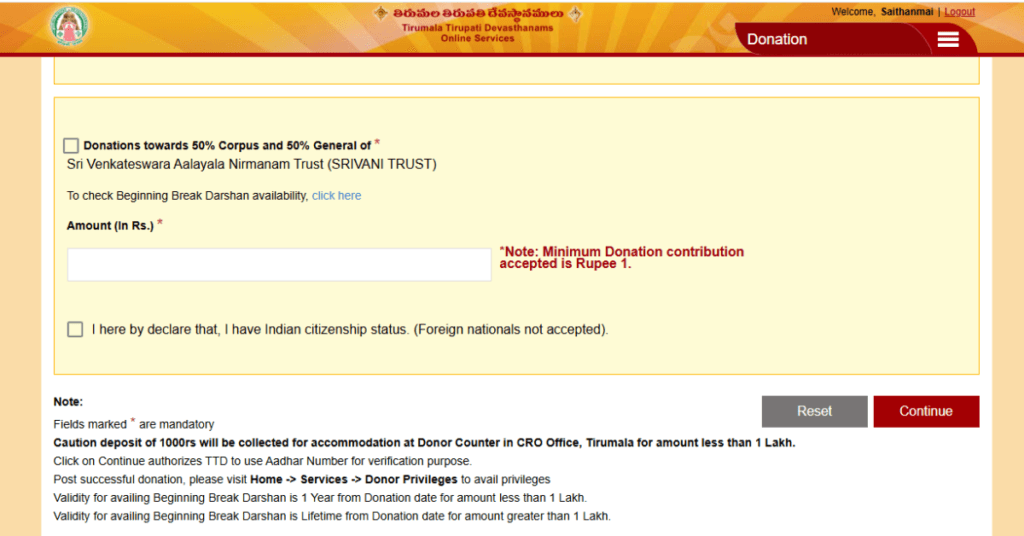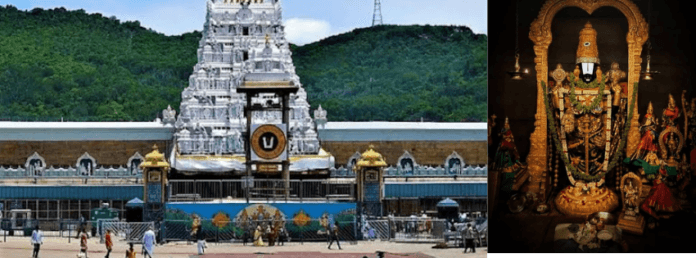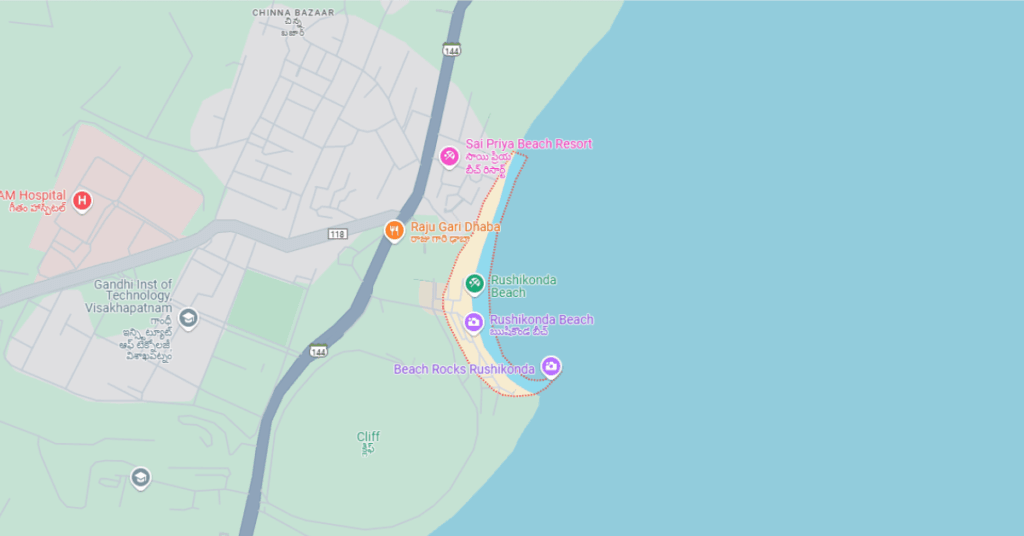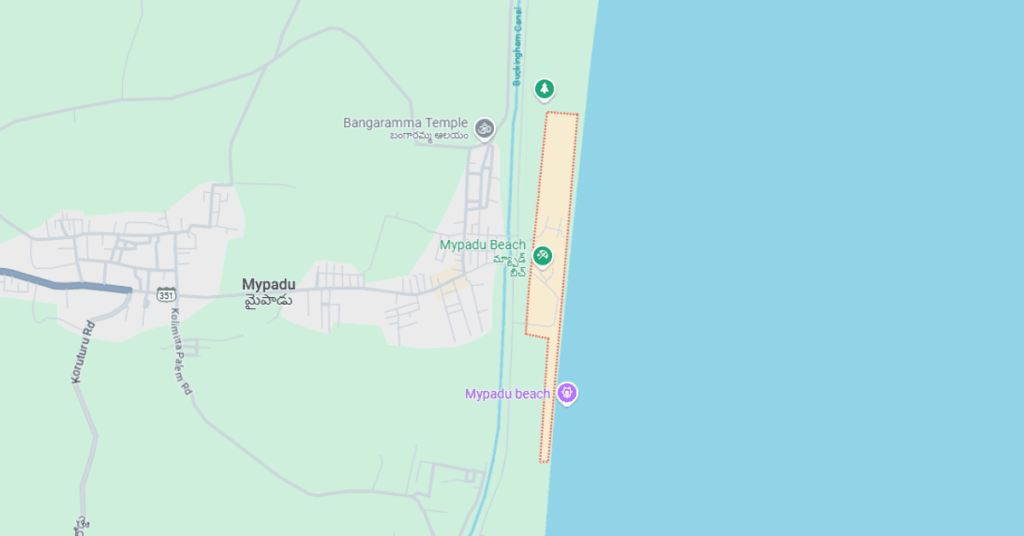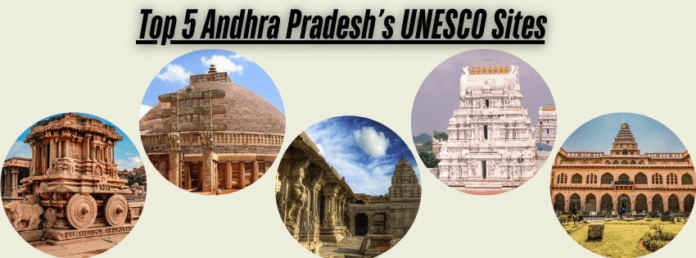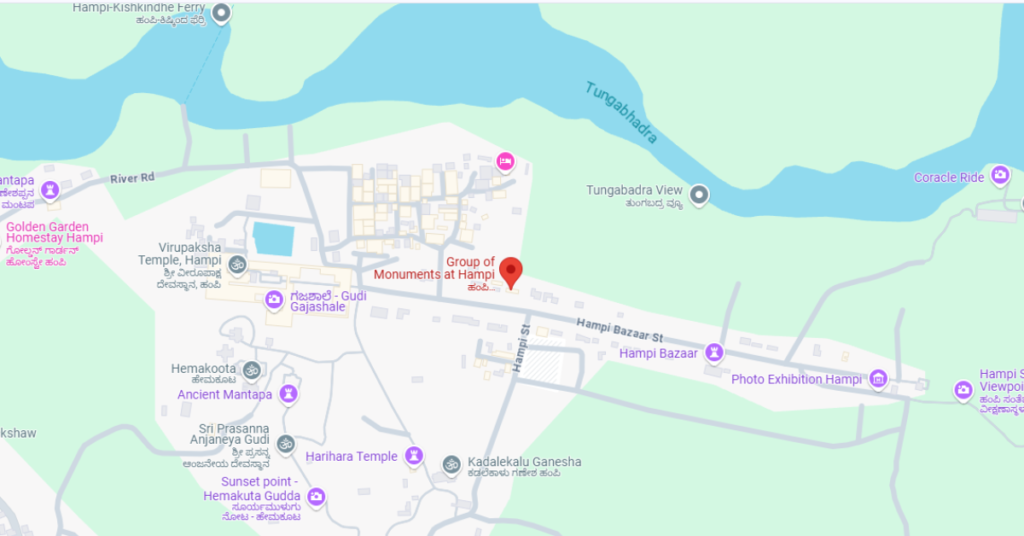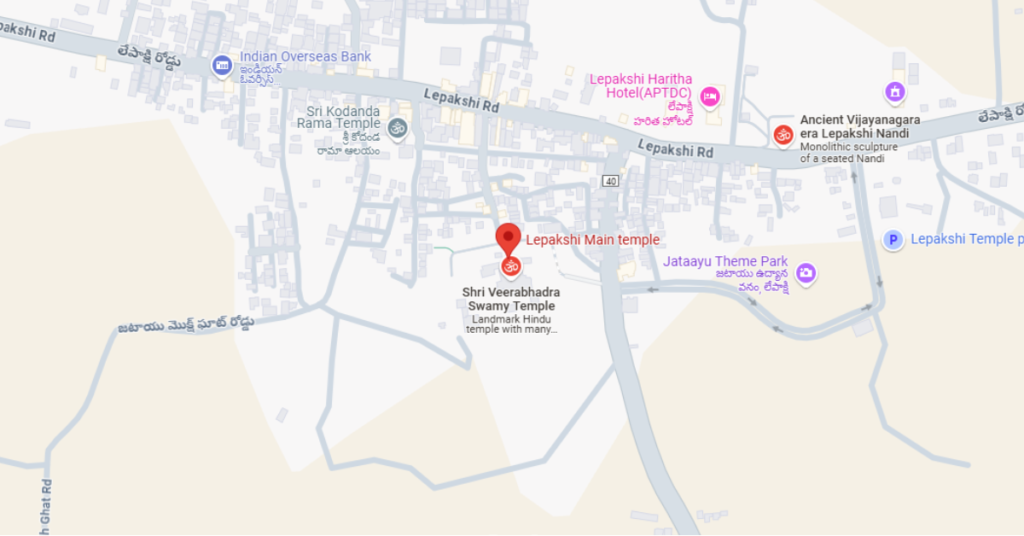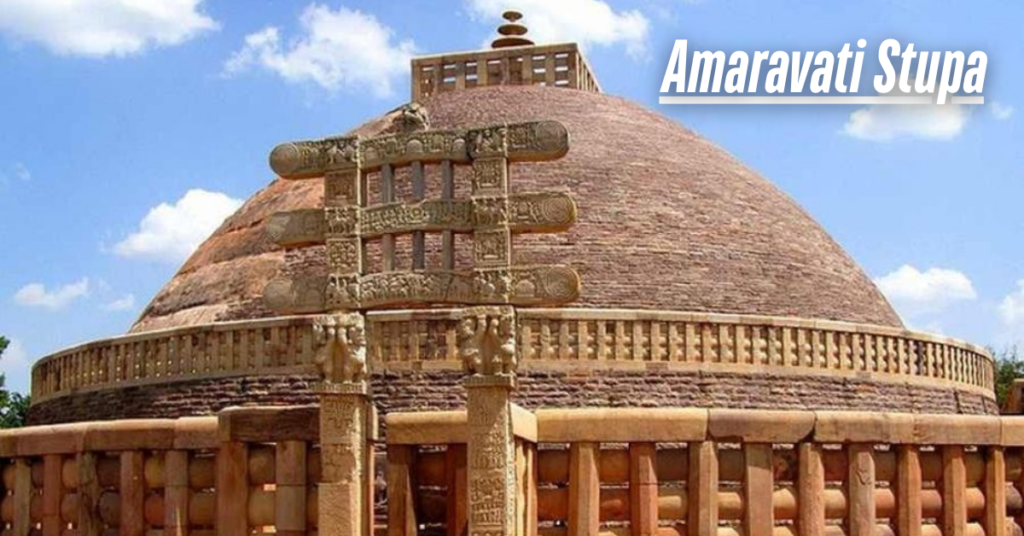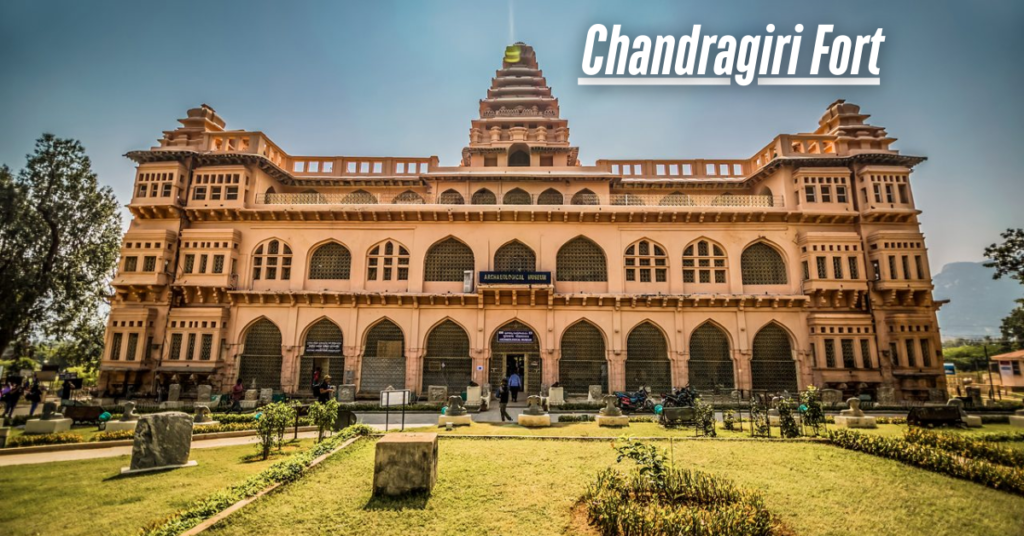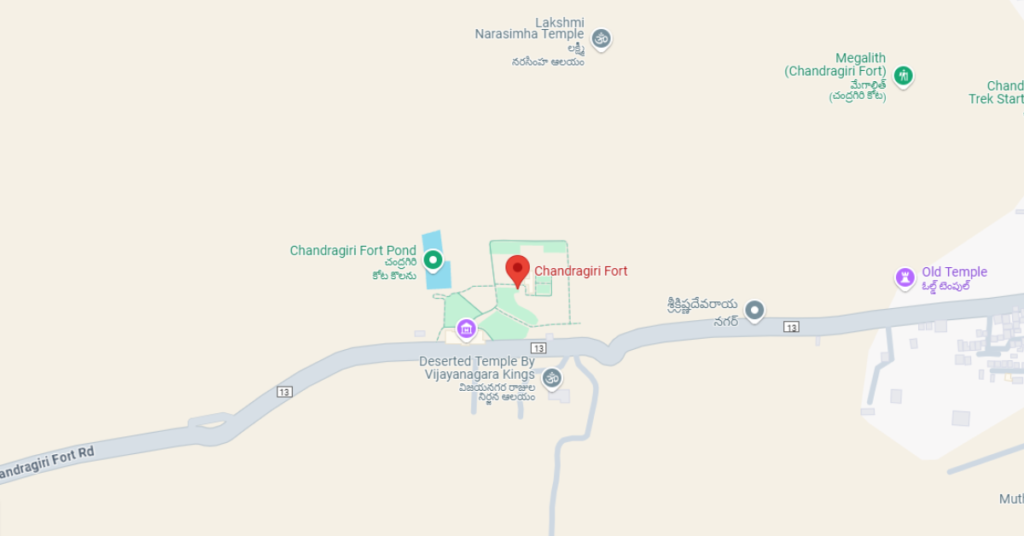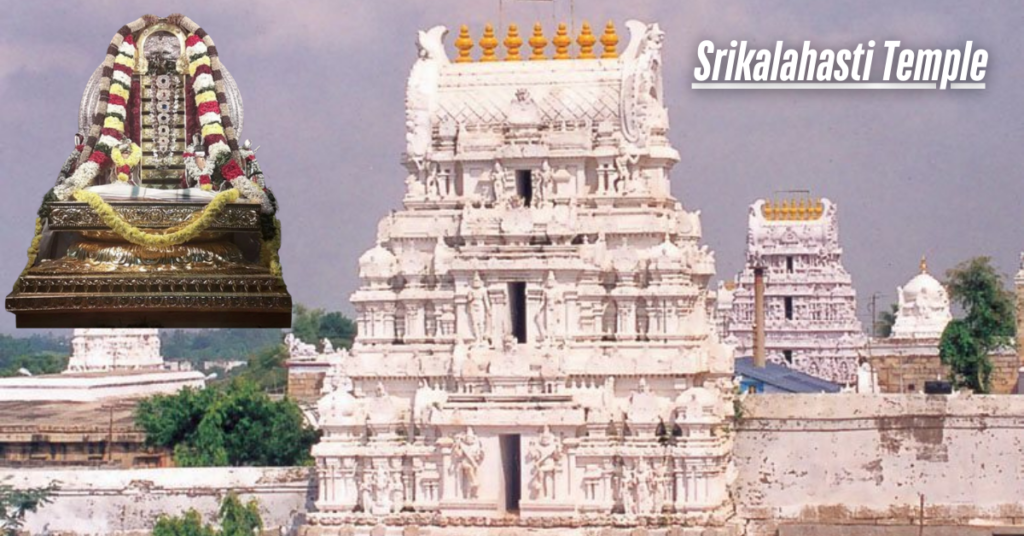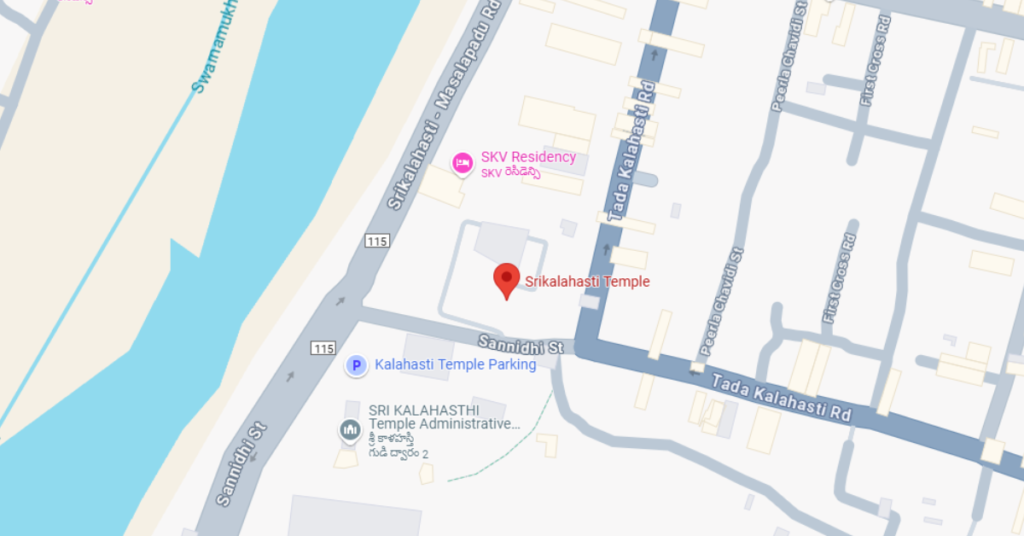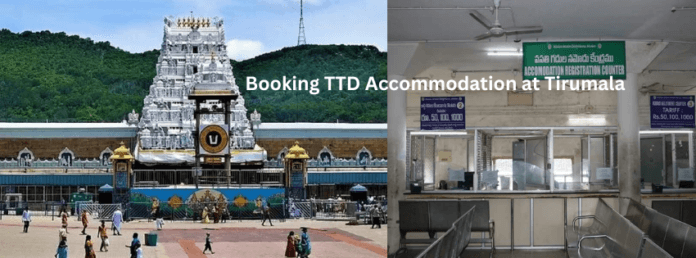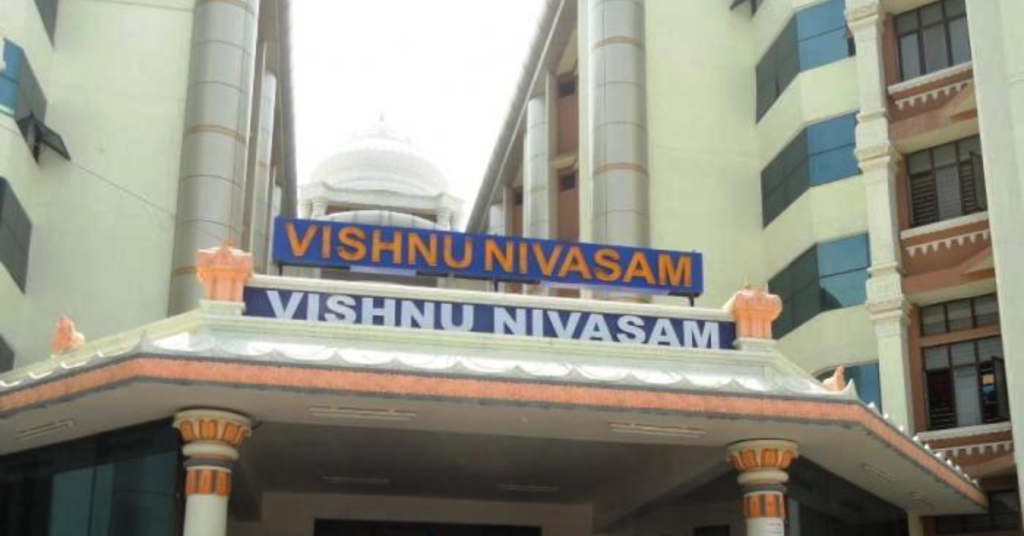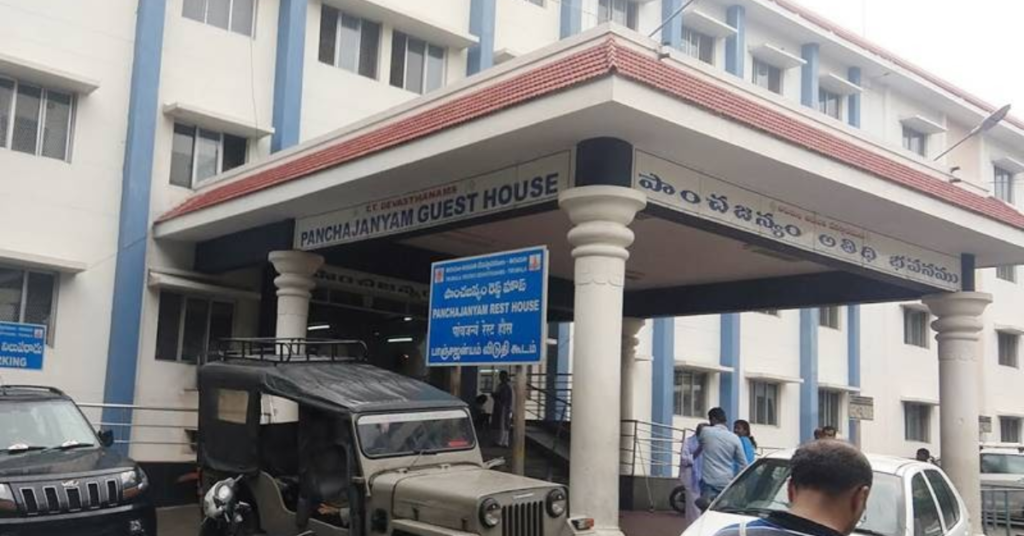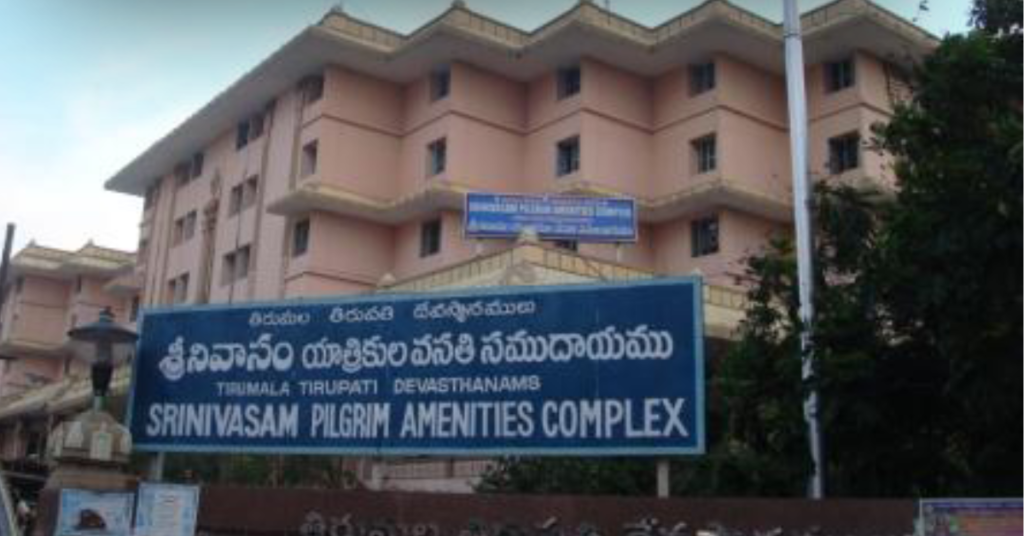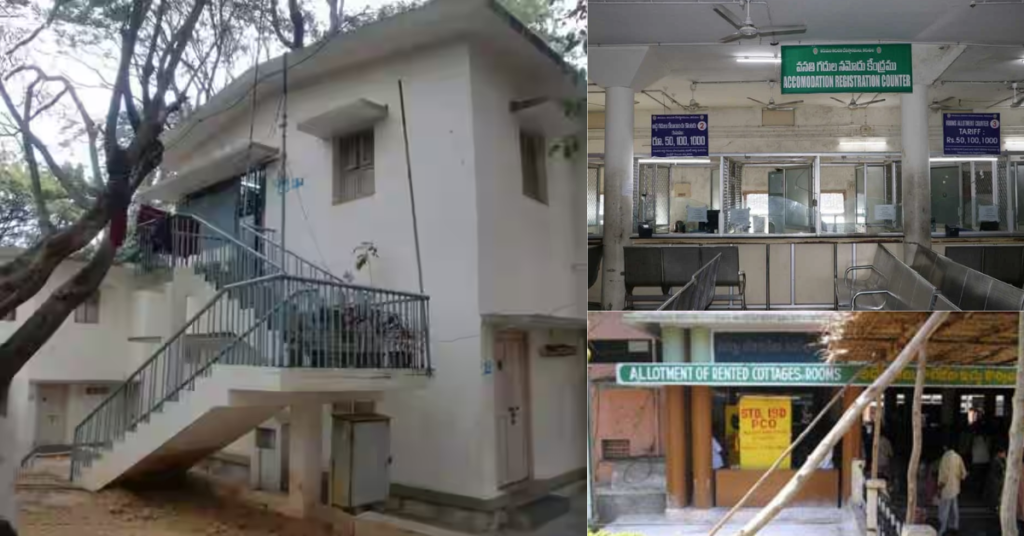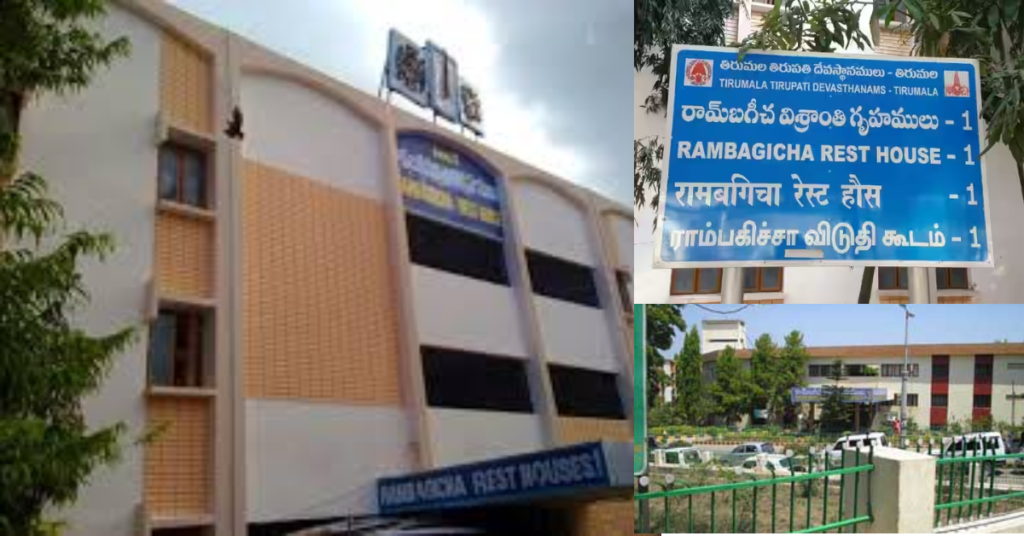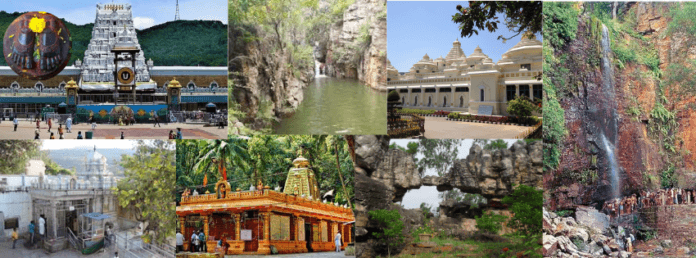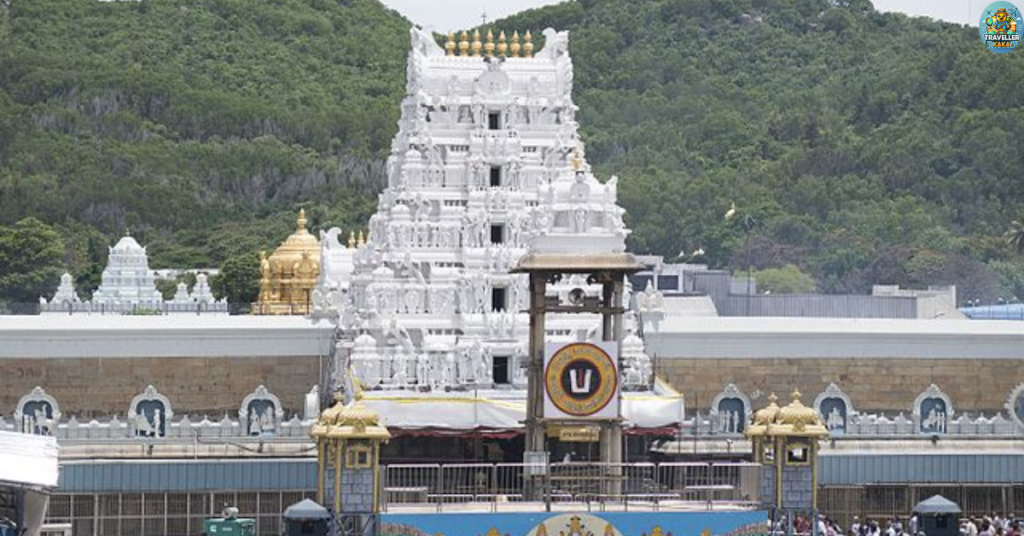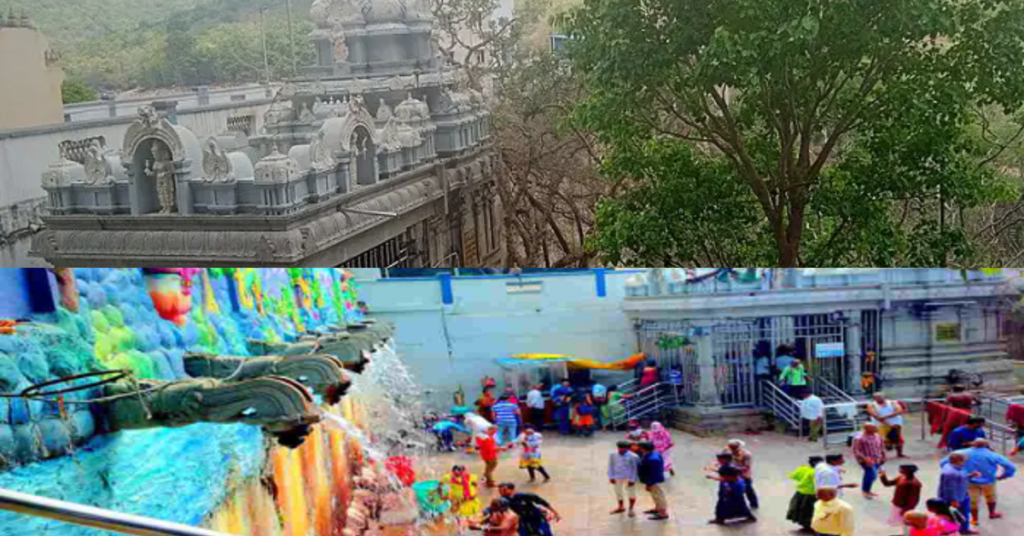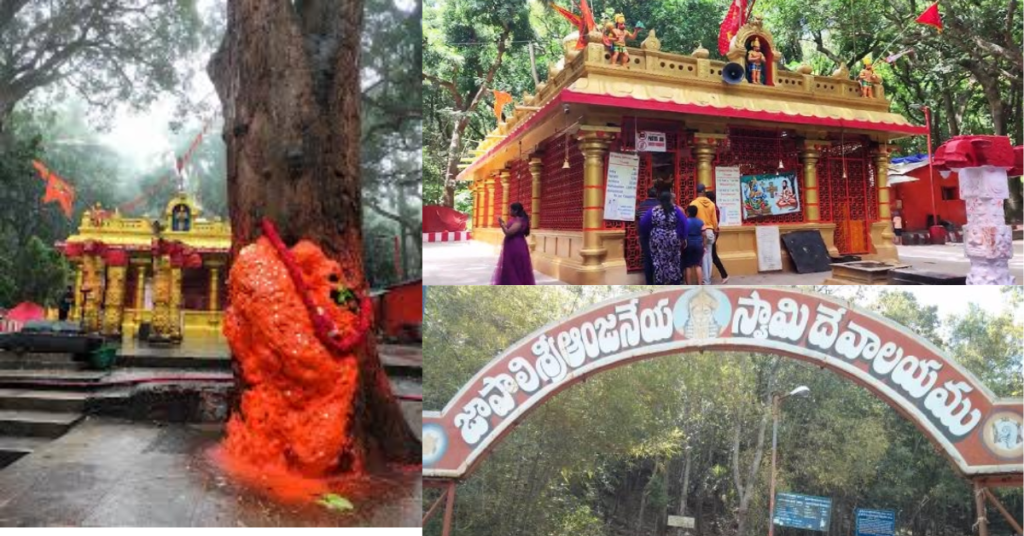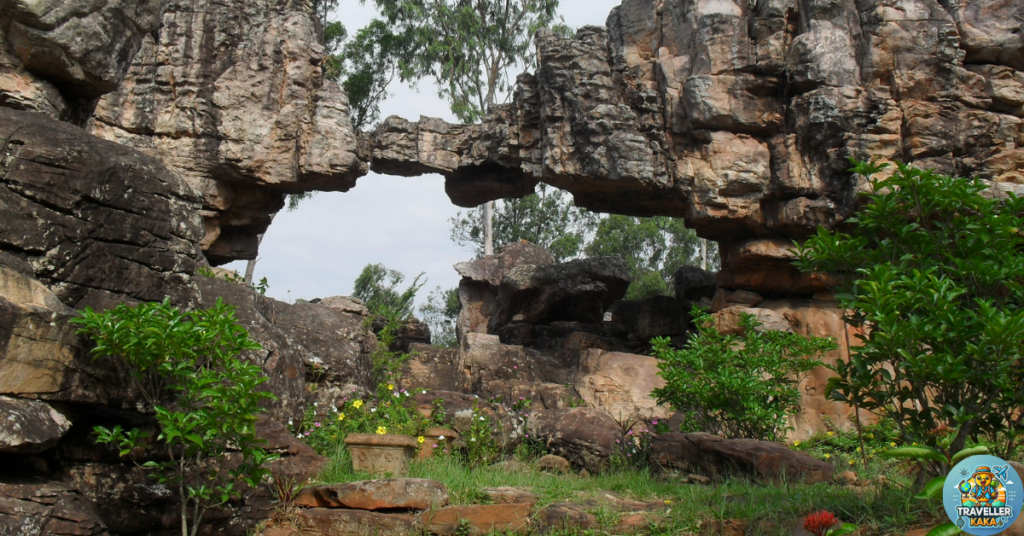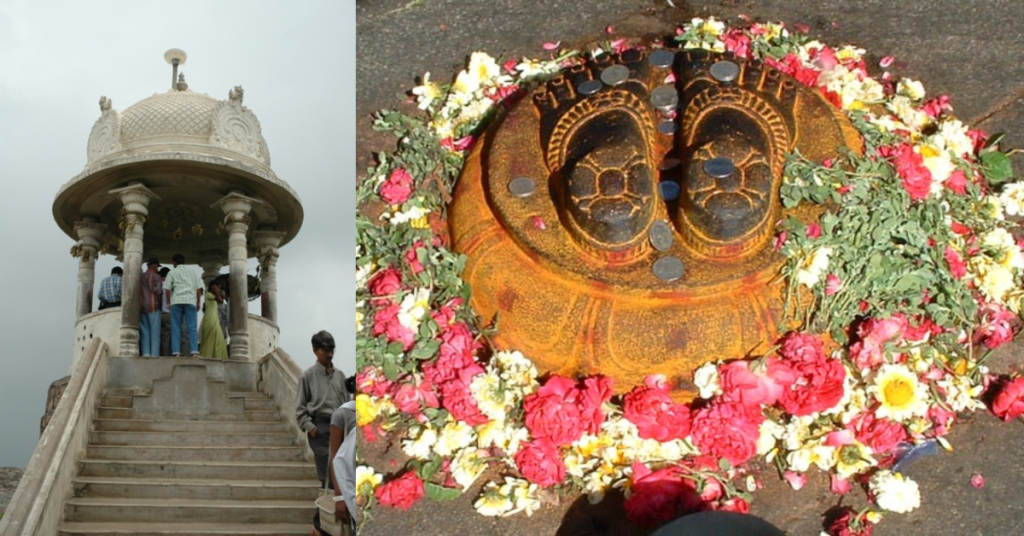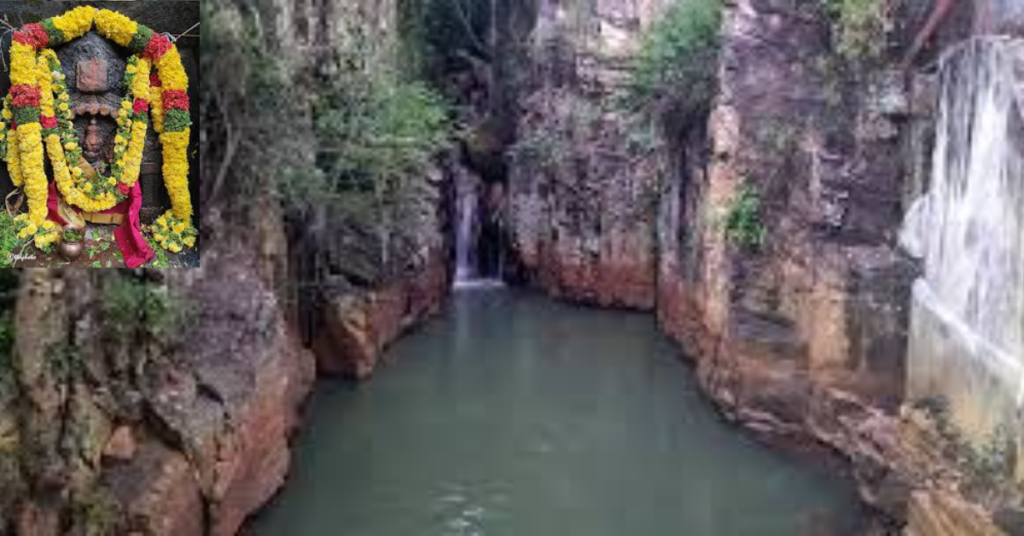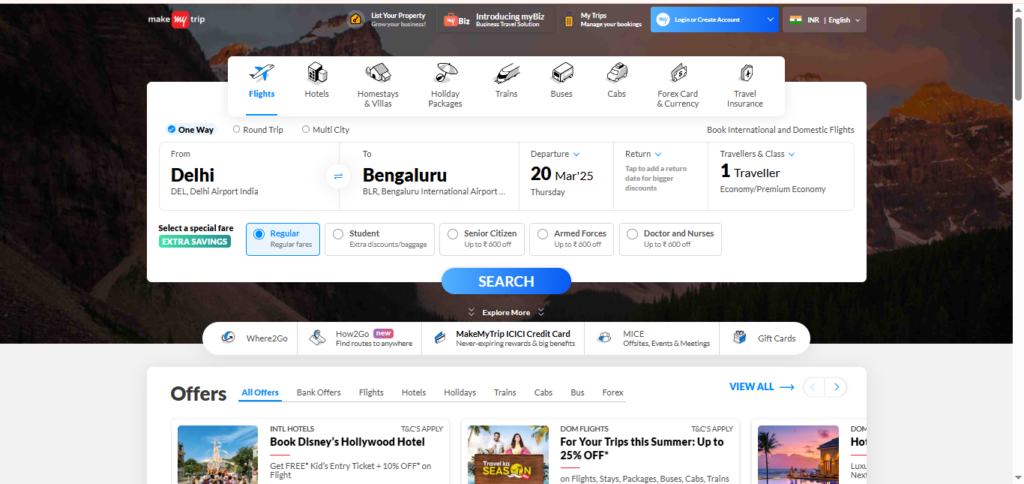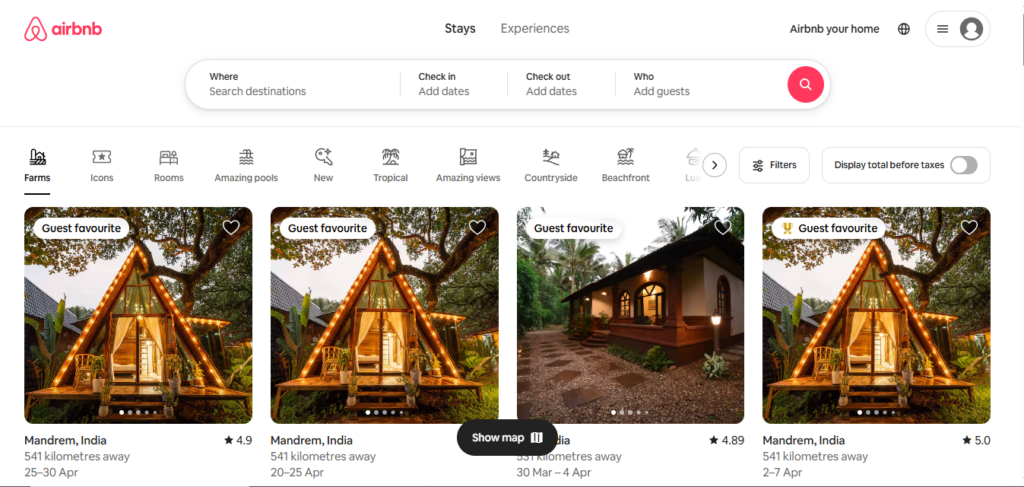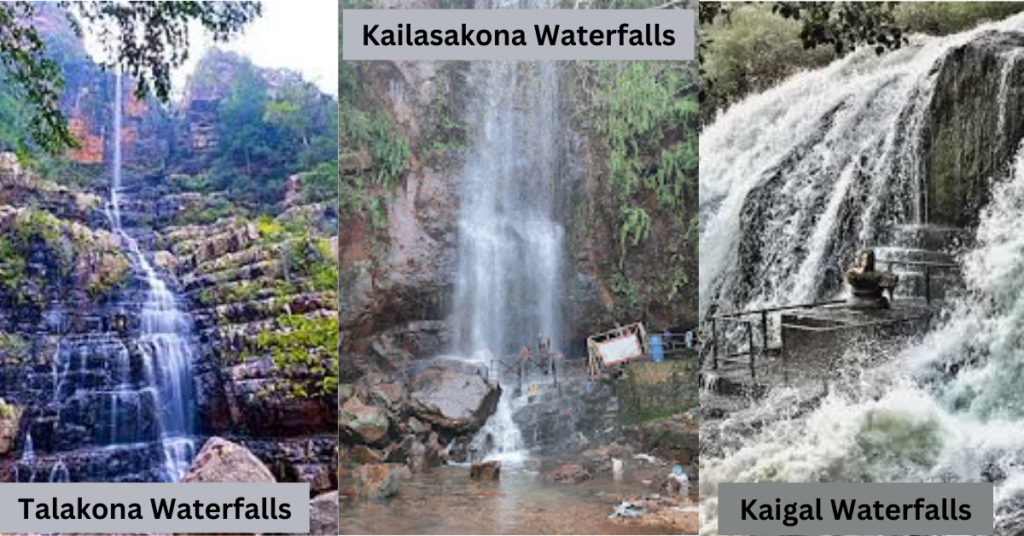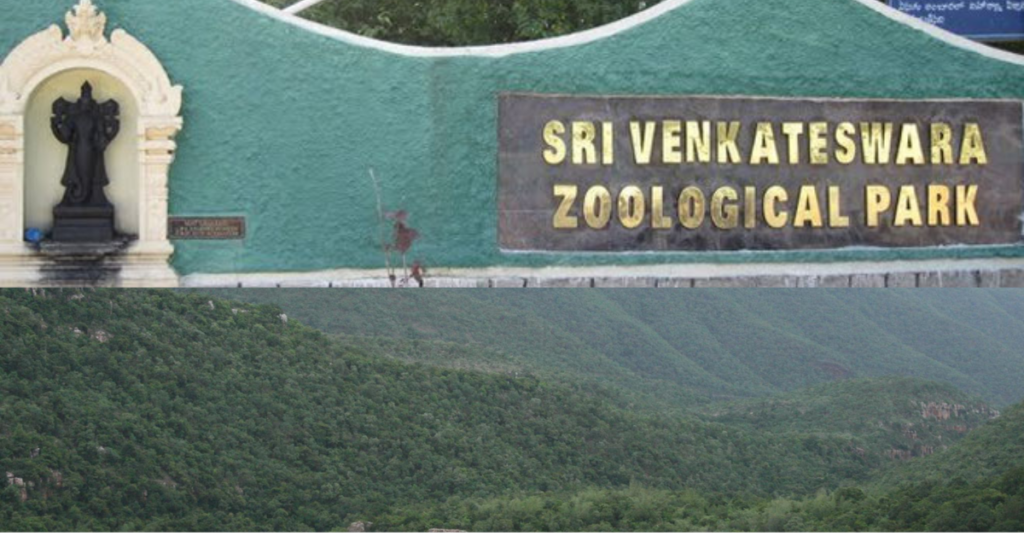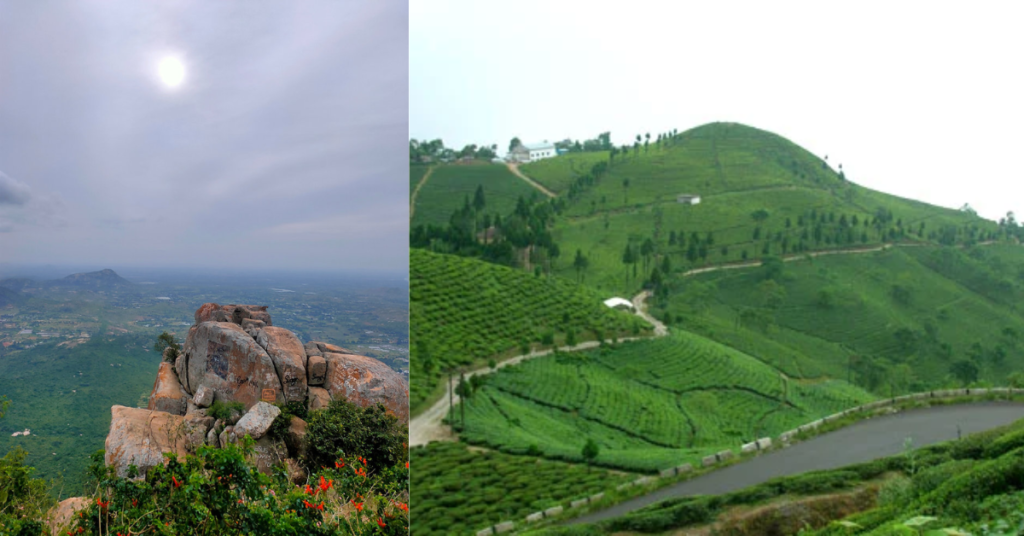A Spiritual Journey to Balkampet Yellamma Temple
The first time I stepped into the Balkampet Yellamma Temple, I felt an inexplicable energy surrounding me. The chants of devotees, the fragrance of incense, and the sight of the goddess’s idol submerged in the well instantly transported me into a realm of deep spirituality. Located in Balkampet, Hyderabad, this temple is not just a place of worship but a historical marvel with roots tracing back to the 15th century.
The Legend of Goddess Yellamma – The “Jala Durga”
Unlike many temples where idols reside in traditional sanctums, Balkampet Yellamma Temple features the idol of Goddess Yellamma positioned 10 feet below ground level. Natural water flows continuously from her head, earning her the title “Jala Durga” (Goddess in Water). According to legend, a farmer dug a well and uncovered the idol, leading to her worship as a divine presence ever since.
Many devotees believe that the water from this well possesses curative powers, healing ailments and bringing prosperity. The faith in the divine energy here is so strong that people from far and wide come to take a sip or collect the sacred water.
Architectural Beauty & Unique Features
The Balkampet Yellamma Temple has undergone several renovations over the centuries, with its current structure standing strong since the early 20th century. The temple complex is well-maintained, featuring an open courtyard, multiple shrines, and a beautifully decorated sanctum. One of the most intriguing aspects is a small temple dedicated to Goddess Pochamma towards the southern side of the main temple, further adding to its sanctity.
Rituals, Poojas & Offerings
The temple follows a structured schedule of daily poojas and special rituals, performed to invoke the blessings of the goddess.
Daily Poojas & Sevas
- Suprabhata Seva – Early morning prayers to awaken the goddess
- Abhishekam – Holy bath ritual performed with milk, honey, and sacred water
- Kumkum Archana – Offering of kumkum and turmeric to the deity
- Alankaram – The goddess is adorned with flowers, jewelry, and silk attire
- Maha Mangala Aarti – Evening aarti performed with lamps and devotional chanting
ALSO READ: Do You Know the History of Ujjaini Mahakali Temple in Hyderabad?
Special Poojas & Events
- Ashada Jathara – Grand annual festival celebrated in the month of Ashada (June-July)
- Bonalu Festival – A major Telangana festival where women offer rice cooked in earthen pots to the goddess
- Ammavari Kalyanam – The divine wedding ceremony of Goddess Yellamma
- Navratri Celebrations – Nine days of special prayers and cultural programs
- Guru Pournami – Devotional offerings made to sages and saints
Donation & Annadanam Services
- Annadanam (Free Meal Service): Every day, the temple provides free meals to devotees as part of its religious service.
- Donation Schemes: Devotees can contribute through various schemes for temple maintenance and charity work.
Sevas/ Services Sri Yellamma Pochamma
Online Booking of Any Pooja Vist Sri Yellamma Pochamma Devasthanam
| Sevas/ Services | Cost |
| Abhisekam ( Daily) | 200.00 |
| Annaprasana | 516.00 |
| KumKuma Archana | 20.00 |
| Chandi Homam – Every Pournami at 9.00 a.m | 1116.00 |
| Nitya Homam | 501.00 |
| Nitya Kalyanam (Except Sundays, Tuesdays, and Fridays) | 1100.00 |
| Odibiyyam Offering | 20.00 |
| Shaswatha Annadanam | 50001.00 |
| Shaswatha Pooja | 1116.00 |
| PanchahaArathulu | 50.00 |
| Swarna Pushpa Archana | 200.00 |
Festivals & Grand Celebrations
Bonalu Festival – Telangana’s Biggest Celebration
The Bonalu festival, dedicated to the goddess, is the most significant event celebrated at this temple. Women dress in traditional attire, carrying pots filled with offerings on their heads as a mark of devotion. The festival sees grand processions, cultural performances, and thousands of devotees flocking to seek the blessings of Yellamma.
Ammavari Kalyanam – The Divine Wedding
Another major event is Ammavari Kalyanam, a celestial wedding ceremony of Goddess Yellamma, celebrated with grandeur. The rituals, music, and spiritual fervor during this time make the temple a vibrant hub of devotion and culture.
Important Temple Timings & Worship Days
If you plan to visit, knowing the temple schedule is essential:
| Day | Morning Timings | Evening Timings |
|---|---|---|
| Monday | 5:00 AM – 1:00 PM | 3:00 PM – 8:30 PM |
| Tuesday | 5:00 AM – 1:00 PM | 3:00 PM – 8:30 PM |
| Wednesday | 5:00 AM – 1:00 PM | 3:00 PM – 8:30 PM |
| Thursday | 5:00 AM – 1:00 PM | 3:00 PM – 8:30 PM |
| Friday | 5:00 AM – 1:00 PM | 1:00 PM – 8:30 PM |
| Saturday | 5:00 AM – 1:00 PM | 3:00 PM – 8:30 PM |
| Sunday | 5:00 AM – 1:00 PM | 1:00 PM – 8:30 PM |
Special Worship Days:
- Sunday, Tuesday, and Thursday are considered the most auspicious days to visit the temple.
How to Reach Balkampet Yellamma Temple
The temple is easily accessible from all parts of Hyderabad.
- By Road: Located in Balkampet, well-connected by TSRTC buses, auto-rickshaws, and taxis.
For Best Flight Deals Check Here
- By Rail: The nearest railway station is Begumpet Railway Station, around 2 km away.
- By Air: Rajiv Gandhi International Airport is approximately 35 km away.
Temple Address and Location Map
📍 Balkampet Rd, BK Guda, Balkampet, Hyderabad, Telangana 500038
Facilities at the Temple
- Drinking water and rest areas
- Prasadam counters by offering laddus and other temple offerings
- Free footwear stands
- Dedicated queue system for a smooth darshan experience
ALSO READ: The Ultimate Guide to Sri Peddamma Temple, Hyderabad: timing and Location
Personal Experience: A Moment of Divine Connection
During my last visit to Balkampet Yellamma Temple, I witnessed a devotee who had traveled from Karnataka just to seek blessings from the goddess. She told me how she had prayed for her child’s health the previous year and had returned to offer thanks, as her prayers had been answered. Seeing such unwavering faith reaffirmed my belief in the spiritual power of this sacred place.
Image Gallery of Yellamma Temple
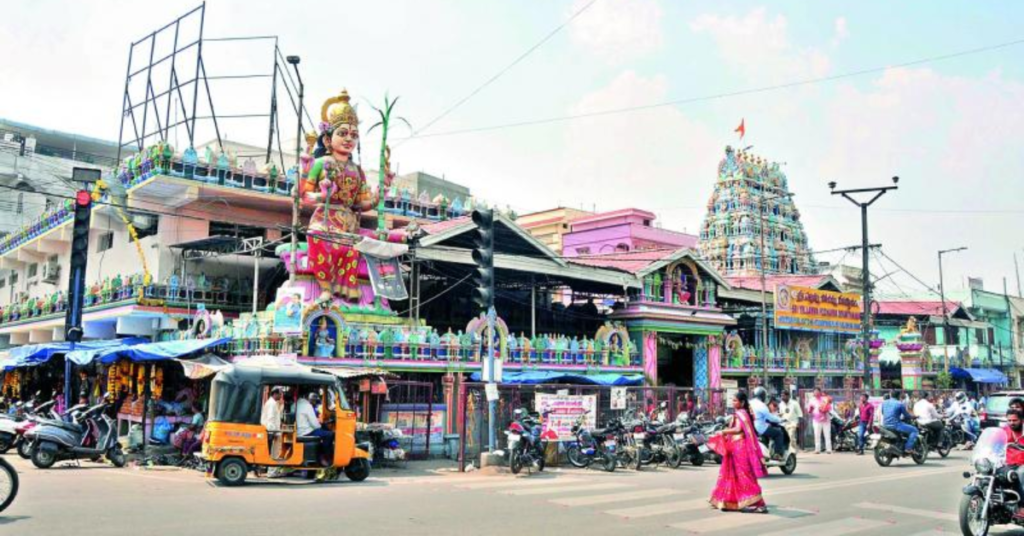
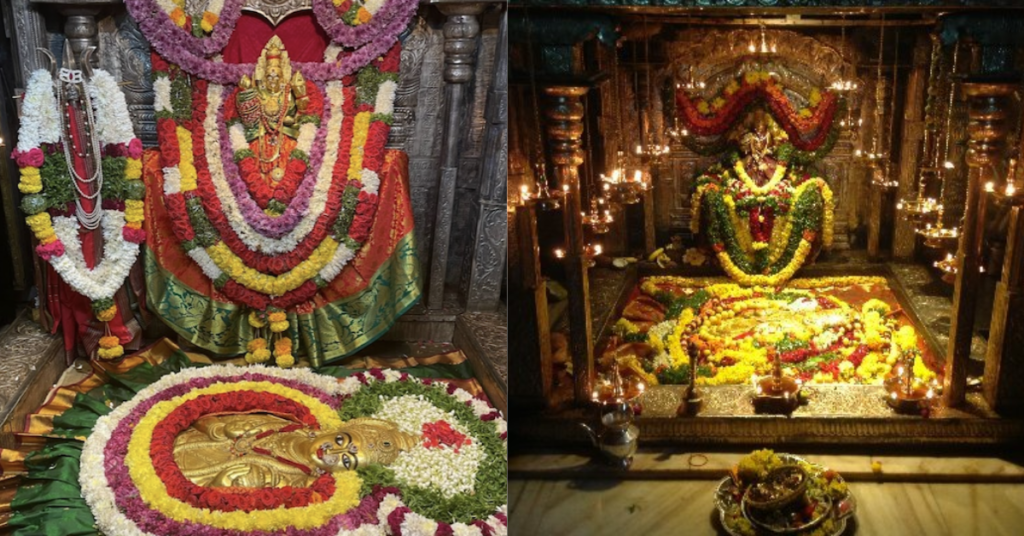
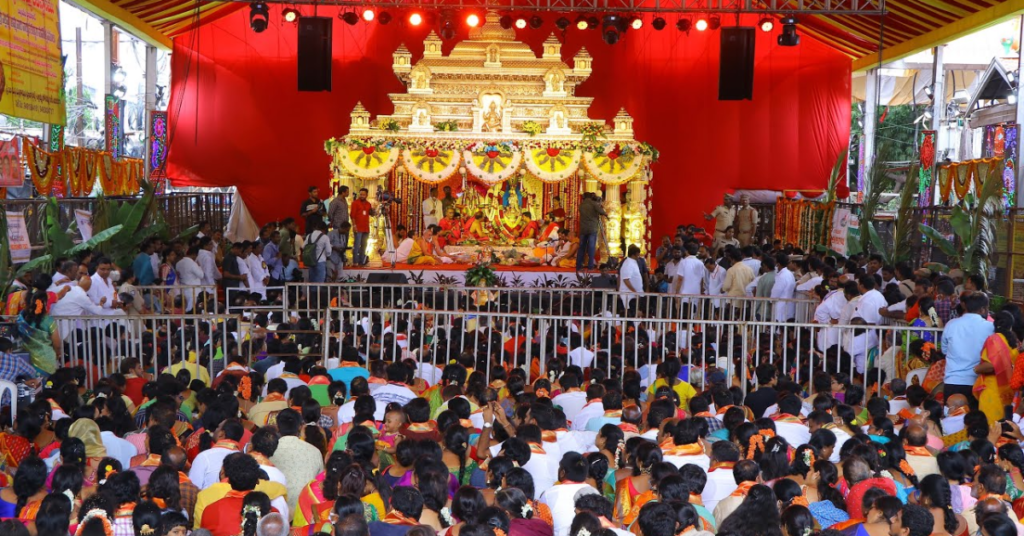
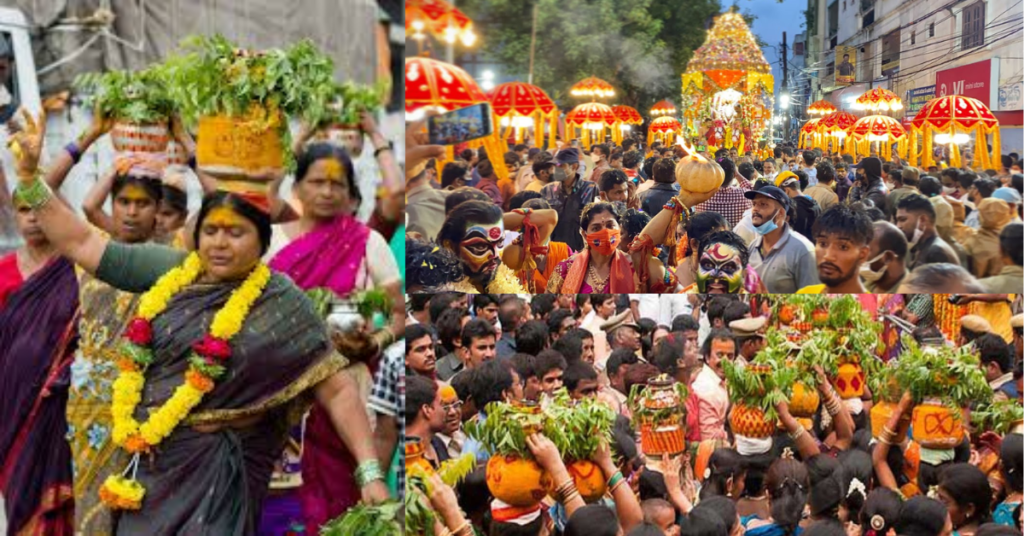
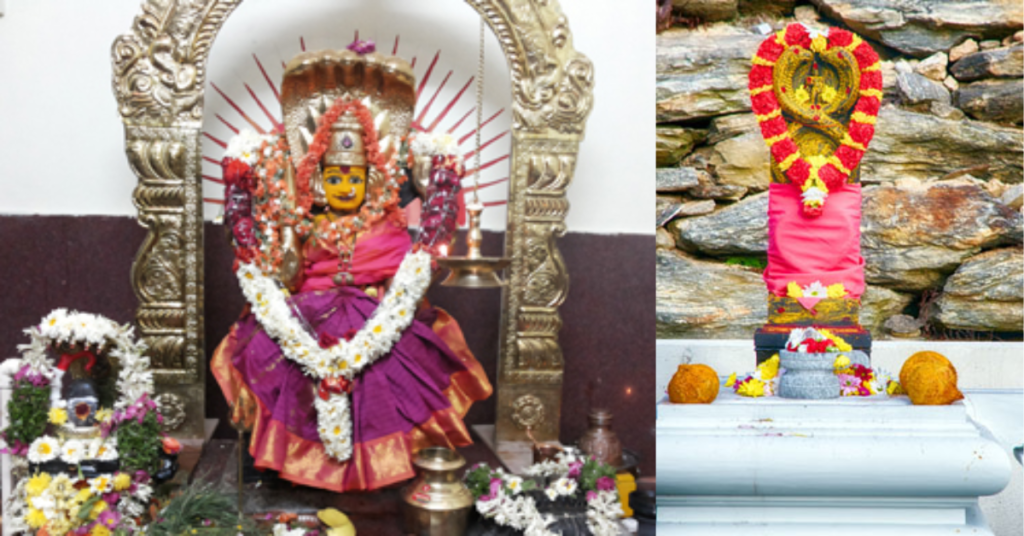
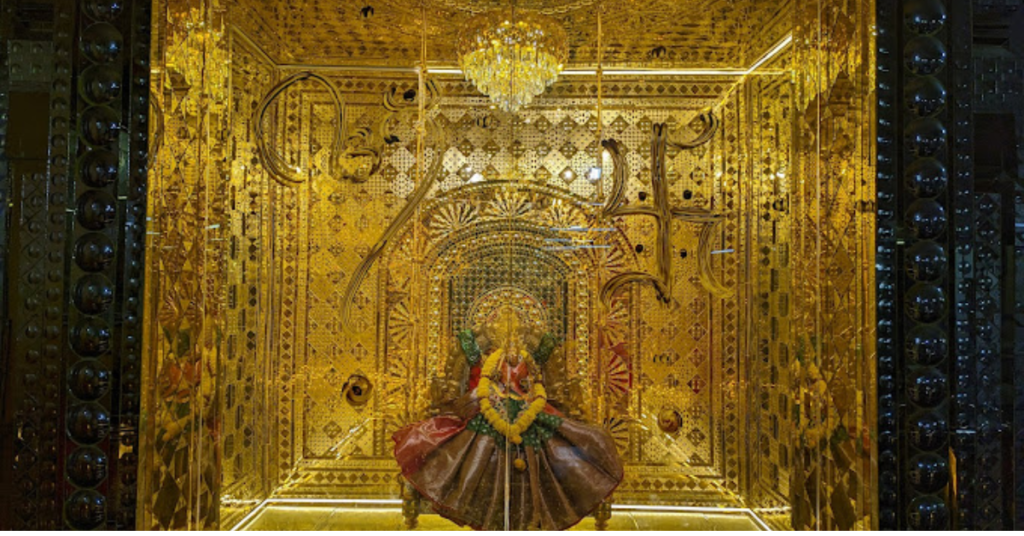
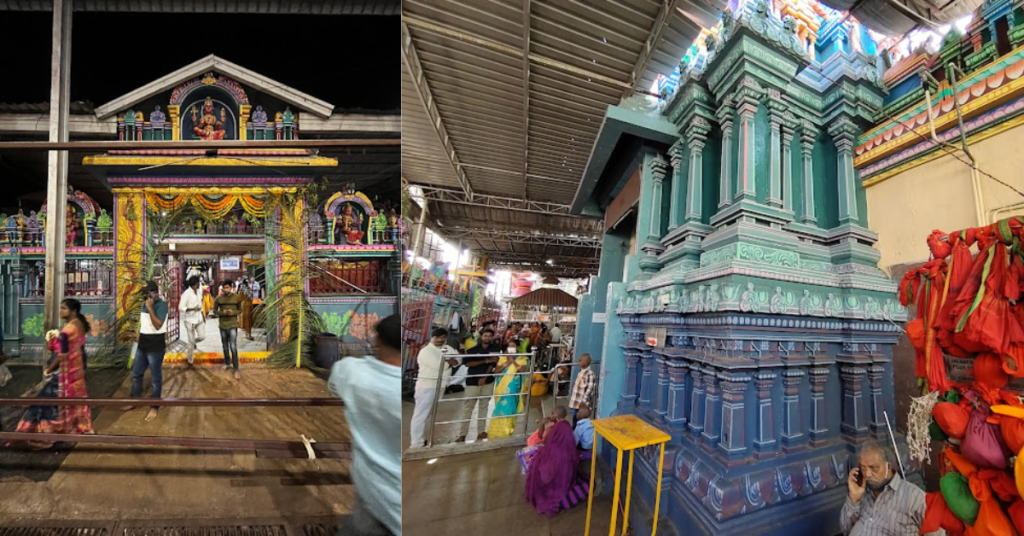
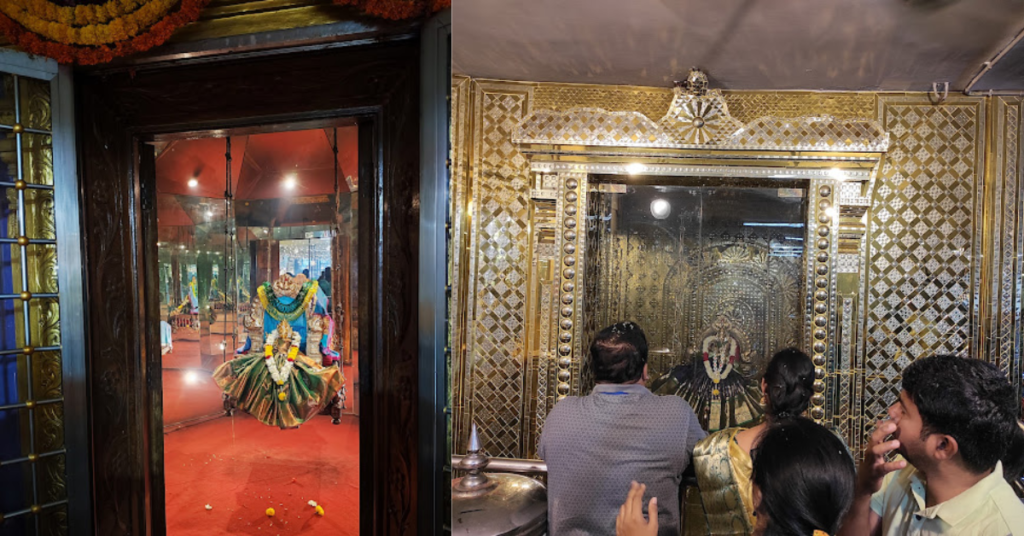
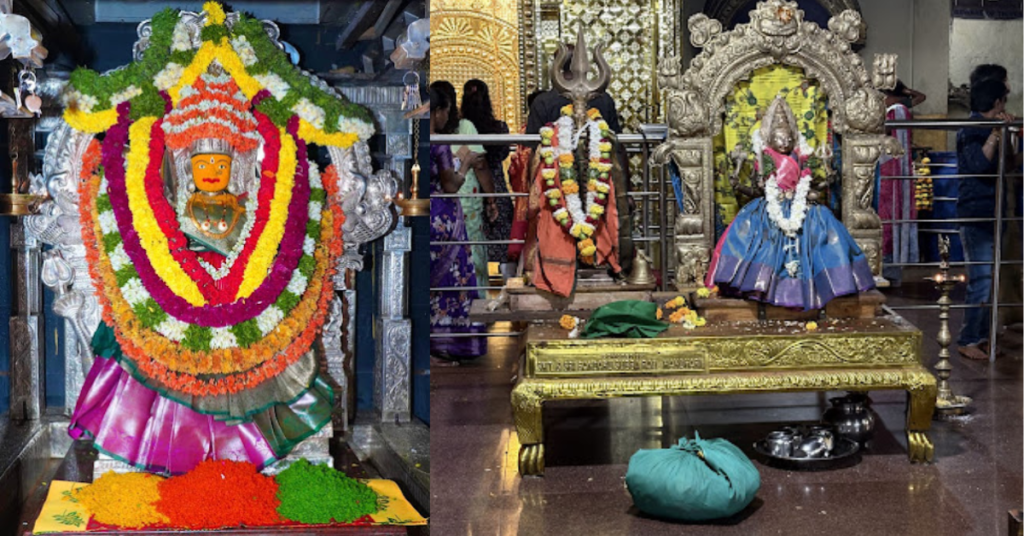
Accommodation Near Balkampet Yellamma Temple
If you’re traveling from outside Hyderabad, you’ll find several stay options nearby:
- Budget Stay: Harsha Residency, Hotel Royal Grand
- Mid-Range Hotels: The Plaza Hotel, Hotel Green Park
- Luxury Stay: ITC Kakatiya, Taj Deccan
For the Best Deals for Flights And Hotel Click here
Must-Have Items for Your Visit
- Traditional attire for temple visit
- Offerings like coconut, flowers, kumkum, and turmeric
- A small water bottle and snacks (only outside the temple premises)
- Comfortable footwear for walking
Final Thoughts
The Balkampet Yellamma Temple is more than just a religious site; it’s an experience that blends history, culture, and spirituality. Whether you’re drawn by faith, fascinated by history, or simply seeking divine blessings, this temple will leave you with an unforgettable sense of peace and devotion.
📌 Have you visited Balkampet Yellamma Temple? Share your experience in the comments below! Click the sacred water.
Frequently Asked Questions
A. The temple is dedicated to Goddess Yellamma (Renuka Devi) and is famous for its Jala Durga idol, which has natural water flowing from its head.
A. Sundays, Tuesdays, and Thursdays are considered the most auspicious days to visit.
A. Yes, you can book special poojas like Abhishekam, Kumkum Archana, and Alankaram at the temple.
A. No, there is no entry fee to visit the temple.

